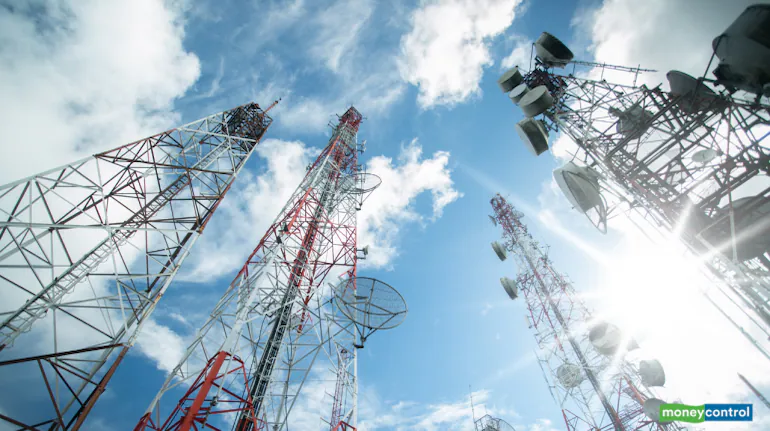





Copyright infringement not intended
Picture Courtesy: www.moneycontrol.com
Context: The satellite spectrum row between SpaceX, Reliance Jio, and other players in the space-based communication market has reached a stalemate in India.
Key Highlights
|
Spectrum Allocation ●Spectrum allocation is the process of dividing the radio frequency spectrum into different frequency bands and assigning them to different users and services. The spectrum is a limited resource, and spectrum allocation is necessary to ensure that users do not interfere with each other. ●Spectrum allocation in India is governed by the National Frequency Allocation Plan (NFAP), which is prepared and published by the Department of Telecommunications (DoT). The NFAP allocates the spectrum to various services, such as mobile communication, broadcast television, and satellite communication. ●The DoT allocates spectrum to different users through a variety of methods, including auctions, lotteries, and administrative assignments. Auctions are the most common method used to allocate spectrum in India. In an auction, the spectrum is awarded to the bidder who offers the highest price. ●Lotteries are another method used to allocate spectrum in India. In a lottery, the spectrum is awarded to the winners of a random draw. Administrative assignment is the least common method used to allocate spectrum in India. In administrative assignments, the DoT awards spectrum to users based on their needs and priorities. |
Conclusion
Must Read Articles:
5G SPECTRUM: https://www.iasgyan.in/daily-current-affairs/5g-spectrum
|
PRACTICE QUESTION Q. What are the key challenges faced by telecommunications regulatory authorities in ensuring equitable spectrum allocation and promoting innovation while addressing the increasing demand for high-speed internet, mobile connectivity, and emerging technologies like 5G and IoT? |










© 2025 iasgyan. All right reserved